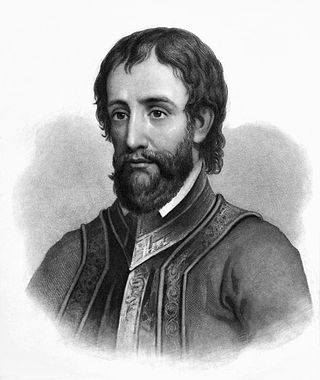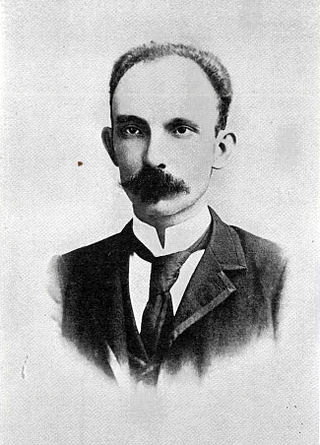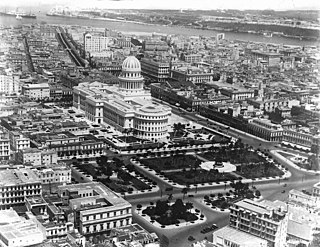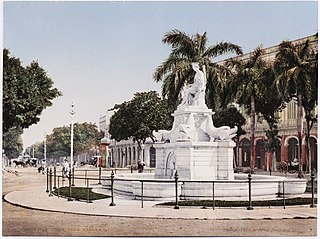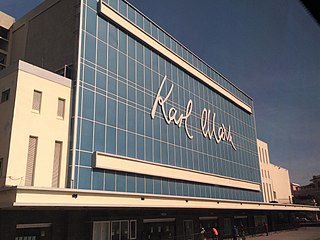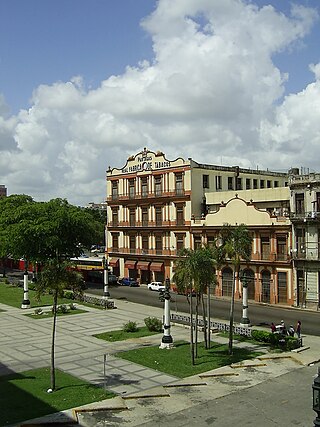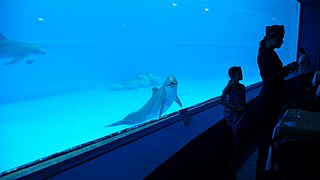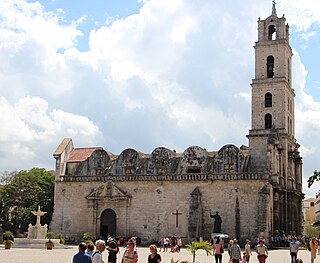10 Sights in Havana, Cuba (with Map and Images)
Legend
Welcome to your journey through the most beautiful sights in Havana, Cuba! Whether you want to discover the city's historical treasures or experience its modern highlights, you'll find everything your heart desires here. Be inspired by our selection and plan your unforgettable adventure in Havana. Dive into the diversity of this fascinating city and discover everything it has to offer.
Sightseeing Tours in HavanaActivities in Havana1. Hernando de Soto
Hernando de Soto was a Spanish explorer and conquistador who was involved in expeditions in Nicaragua and the Yucatan Peninsula. He played an important role in Francisco Pizarro's conquest of the Inca Empire in Peru, but is best known for leading the first European expedition deep into the territory of the modern-day United States. He is the first European documented as having crossed the Mississippi River.
2. Monumento de José Martí
José Julián Martí Pérez was a Cuban nationalist, poet, philosopher, essayist, journalist, translator, professor, and publisher, who is considered a Cuban national hero because of his role in the liberation of his country from Spain. He was also an important figure in Latin American literature. He was very politically active and is considered an important philosopher and political theorist. Through his writings and political activity, he became a symbol of Cuba's bid for independence from the Spanish Empire in the 19th century, and is referred to as the "Apostle of Cuban Independence". From adolescence on, he dedicated his life to the promotion of liberty, political independence for Cuba, and intellectual independence for all Spanish Americans; his death was used as a cry for Cuban independence from Spain by both the Cuban revolutionaries and those Cubans previously reluctant to start a revolt.
3. Hemingway House Havana

Finca Vigía is a house in San Francisco de Paula Ward in Havana, Cuba which was once the residence of Ernest Hemingway. Like Hemingway's Key West home, it is now a museum. The building was constructed in 1886.
4. Eusebio Leal Spengler
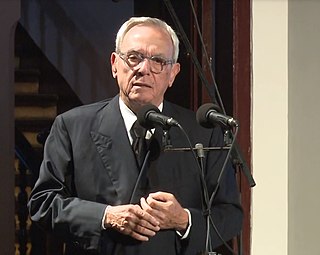
Eusebio Leal Spengler was a Cuban historian. He served as the municipal historian of Havana, as well as the director of the restoration project of Old Havana. Under his oversight, the historic centre of the capital city became a UNESCO World Heritage Site. He also authored books and hosted radio and television programs that recounted the city and its history.
5. Fraternity park
The Parque de la Fraternidad was built in the 1790s as a military practice range by the Spanish government, It was expanded in 1793 by Belgian engineer Agustin Cramer, and later Bishop Espada improved the lighting of the Campo. It was Captain General Don Miguel Tacón who included it within the scope of his embellishment program. The area was then fenced and four majestic gates, crowned with coats of arms, each representing an important personality: the north gate, Hernán Cortés; the south one, Francisco Pizarro; and the east and west gates, Captain General Miguel Tacón y Rosique (1834–1838), and Christopher Columbus respectively.
6. Fuente de La India
Fuente de la India is a fountain by Giuseppe Gaggini in Havana, Cuba, at the south extreme of Paseo del Prado, about 100 m south of El Capitolio, between Monte and Dragones Streets. The figure represents the Indian woman "Habana" in whose honor Havana was named.
7. Theater Karl Marx
The Karl Marx Theatre is a theatre in Havana, Cuba. It was originally known as the Teatro Blanquita, owned and built by Alfredo Hornedo, renamed to the Teatro Charles Chaplin following the Cuban Revolution of 1959, and finally received its current name in 1975.
8. Real Fábrica de Tabacos Partagás
La Real Fabrica de Tabacos Partagás, also known as The Royal Partagás Cigar Factory, is a cigar factory museum in Havana, Cuba. The world-famous habanos cigars are produced in this factory. Across the street from the massive Capitol building in Havana, it was one of Cuba's oldest cigar factories.
9. National Aquarium
The Acuario Nacional de Cuba is an aquarium in Havana, Cuba established in 1960 to focus on "research and environmental education". Displays include those of coral and other tropical species, as well as a dolphinarium and sea lion shows.
10. Basilica Menor de San Francisco de Asís
The Basílica Menor of San Francisco de Asís is a Catholic minor basilica and Franciscan convent in the district of Old Havana, Cuba. Its construction began in 1548 and lasted until 1591, although it was inaugurated in 1575, it was badly damaged by storms in 1680 and 1692, and by a hurricane that broke down its tower in 1694. Started in its current form in 1716, it was completely completed almost 200 years later, with a series of structural reforms from 1731 to 1738.
Share
How likely are you to recommend us?
Disclaimer Please be aware of your surroundings and do not enter private property. We are not liable for any damages that occur during the tours.
